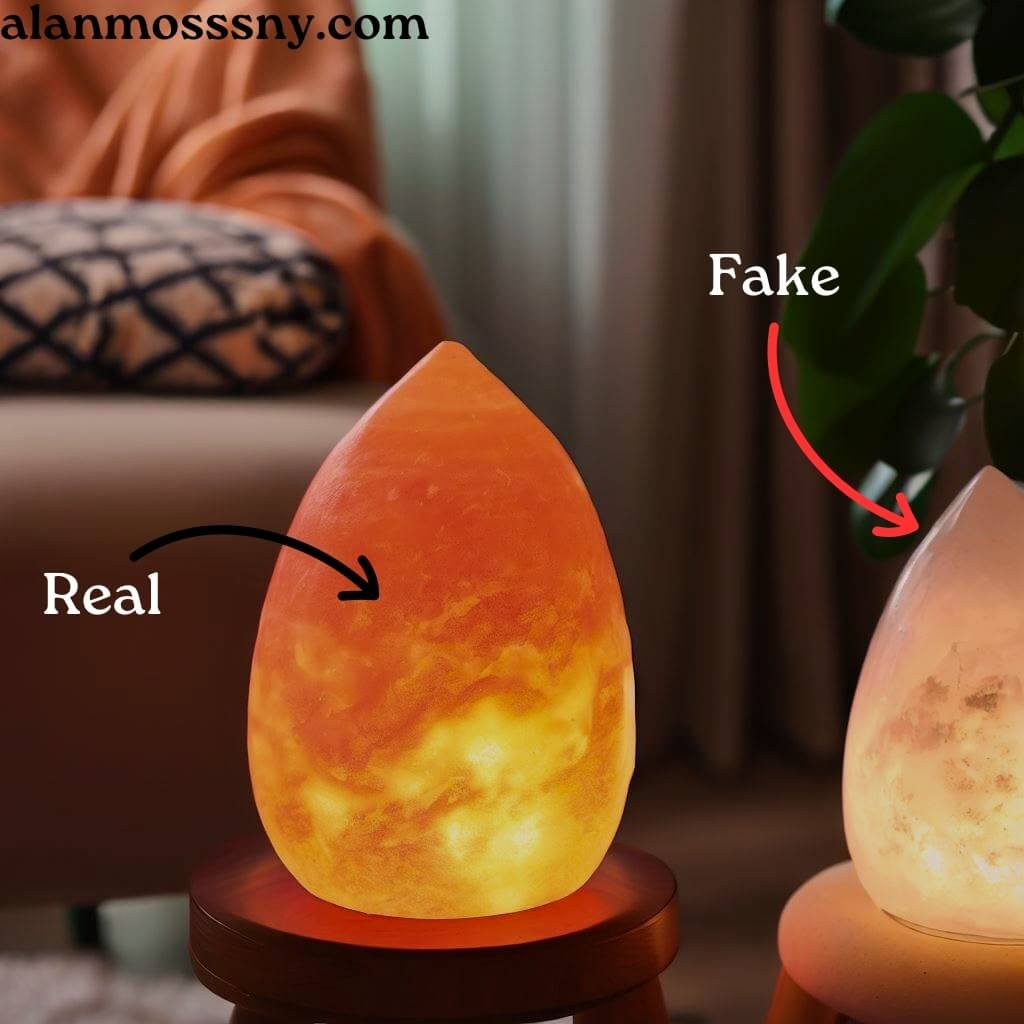Pros and Cons of Himalayan Salt Lamp: Know Everything
Pros and Cons of Himalayan Salt Lamp: Himalayan salt lamps are becoming more popular as a home or office decoration. People think they have several health benefits, such as making people feel better and cleaning the air. There are still a lot of questions about how well these Himalayan salt lamps work and what risks they might pose. In this detailed guide, we’ll talk about the pros and cons of Himalayan salt lamps. We will also give you expert advice on how to choose the best type of Himalayan salt lamp . So, take a seat, put your feet up, and let’s learn about Himalayan salt lamps together!

Table of Contents
What are Himalayan salt lamps?
The salt rocks used to make Himalayan salt lamps are big and come from the Himalayas. They have gained popularity in recent years because to claims that they provide health advantages such as increasing air quality, enhancing mood, and encouraging relaxation. This article presents Himalayan salt lamps’ pros and cons in a balanced manner so readers may decide if they should use them in their homes or businesses.
Origin of Himalayan salt lights
Himalayan salt lamps are made from large salt crystals obtained at Pakistan’s Khewra Salt Mine. It is near the foothills of the Himalayan Cliffs.
Composition and Appearance
Himalayan Salt Lamps is an ores made from salt crystals. The ore mainly consists of sodium chloride, However, it contains small amounts of calcium, potassium and magnesium. They can range from little to large and have various forms and shades of pink or orange.
How do they work?
When Himalayan salt lamps are turned on, they release negative ions into the air. People think these ions have several health benefits, such as cleaning the air and making people feel better emotionally.
Pros of Himalayan salt lamps
The way it looks and feels
- Unique appearance
Himalayan salt lamps look different from other lights, which makes them a popular way to decorate homes and businesses.
- A calm, warm glow
Himalayan salt lamps give off a warm, peaceful glow. They are a natural and nice source of light that can add charm and comfort to any room.
Possible perks of cleaning the air
- The production of negative ions and the hygroscope
Himalayan salt lights are hygroscopic, which means that they both attract and take water from the air. When salt grains are heated, they release negative ions, which are thought to help clean the air by canceling out positive ions like pollutants, allergens, and electromagnetic radiation.
- Fewer toxins and air pollution
The negative ions in Himalayan salt lamps may help eliminate allergens and other air pollutants. This could help people with allergies or breathing problems.
Mood improvement and rest may be possible
- The connection between negative ions and a better mood
Negative ion exposure has been associated with improved happiness and well-being. Some research suggests that negative ion therapy could help treat sadness and anxiety.
- How it helps people sleep and calm down
Himalayan salt lamps create a calm, relaxing atmosphere that may help people sleep better and feel more relaxed.
Environmental kindness
- Natural, sustainable materials
Himalayan salt lamps are made of natural, long-lasting materials and don’t have any dangerous chemicals or artificial materials in them.
- Little use of energy
Himalayan salt lamps use very little electricity to run, which makes them much better for the earth.

Cons of Himalayan salt lamps
Not much scientific proof
Some research suggests that Himalayan salt lamps might be good for your health, but the study is small and not very clear. Many health claims about the lamps are not backed up by clear proof. More research is needed to show the effects on health.
- The placebo effect and personal stories
Many of the claimed benefits of Himalayan salt lights are based on personal experience, and some of the effects may be due to the placebo effect.
Problems with repair and longevity
- Absorption of water and damage
Himalayan salt lamps can take in water from the air because they are hygroscopic. This can cause the lamp to crack and turn brown over time.
- Changing bulbs and getting too hot
Himalayan salt lamps need a light bulb to heat the salt grains and release negative ions. But sometimes the bulbs burn out and need to be changed. Light bulbs that produce too much heat can damage lights.
Potential risks
- Danger of fire or electric shock
Himalayan salt lamps can cause an electric shock or start a fire if they are not used or cared for properly, just like any other electrical device.
- Pets eat too much salt
Pets might try to lick or chew on the salt crystals in Himalayan salt lamps. Overconsumption of salt is harmful to the health of dog and cat companions.
Variability in Quality
- Differences in color and amount of salt
Himalayan salt lamps can work very differently depending on their quality and what they are made of.
- The presence of fake goods
Because Himalayan salt lamps are so famous, there have been a lot more copies that may not be made of real Himalayan salt or may not work the way they say they will.
How to pick a good Himalayan salt lamp
- Finding sellers and makers you can trust
To make sure you are having a real Himalayan salt lamp, it is important to buy from a reliable seller or manufacturer.
- Judging how the lamp looks and how well it works
When you buy a Himalayan salt lamp, you should check it carefully for cracks or other signs of damage.
- Taking size, shape, and weight into account
A Himalayan salt lamp can also work better or worse depending on its size, shape, and weight.
Conclusion of Pros and Cons of Himalayan Salt Lamp
Himalayan salt lamps are a popular decoration that can help clean the air and improve your mood. Some data backs up these claims, but the study is small and needs to be clearer, and there are risks and upkeep issues to consider. By considering the benefits and drawbacks, consumers may determine if Himalayan salt lamps are a good fit for their needs.
FAQs of Pros and Cons of Himalayan Salt Lamp
Can Himalayan salt lamps really purify the air?
I think Himalayan salt lamps can purify the air because they have hygroscopic properties. This means they can attract and absorb water molecules from the air, which might have pollutants. So, when you turn on the lamp, it heats up the salt and makes the water drain, which helps the salt trap the pollution. Also, the lamp gives off negative ions when heated, which are believed to counteract positive ions from pollutants.Add image
Can Himalayan salt lamps help with anxiety and depression?
Some people believe that the negative ions released by Himalayan salt lamps can boost mood and promote feelings of relaxation, potentially helping with conditions like anxiety and depression. However, the scientific evidence is not very strong. Anyone struggling with anxiety or depression should consult a healthcare professional for treatment options. To know more you can follow this article.
Are there any potential risks or drawbacks to using Himalayan salt lamps?
Possible drawbacks include a lack of scientific evidence supporting health claims, maintenance issues, potential fire or electrical risks, and the potential for pets to consume too much salt if they lick the lamp.
How can I maintain my Himalayan salt lamp?
It’s important to keep the lamp dry, as it can absorb moisture from the air. Regularly replacing the bulb and ensuring it doesn’t overheat can also extend the life of your lamp.

